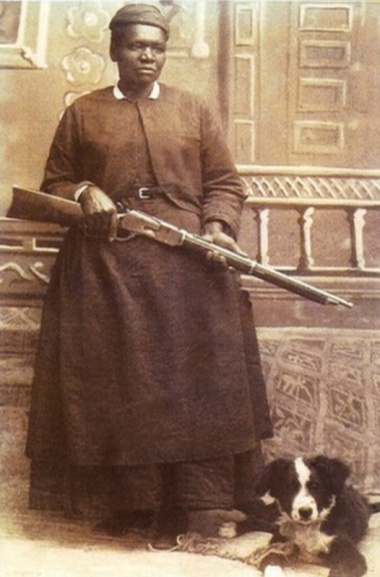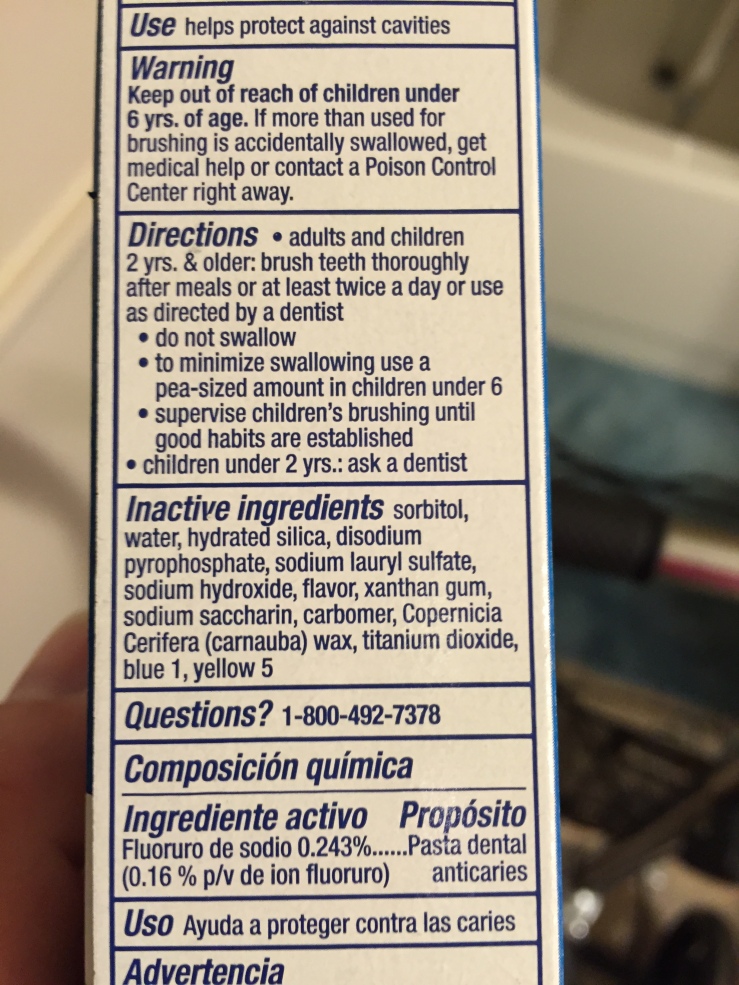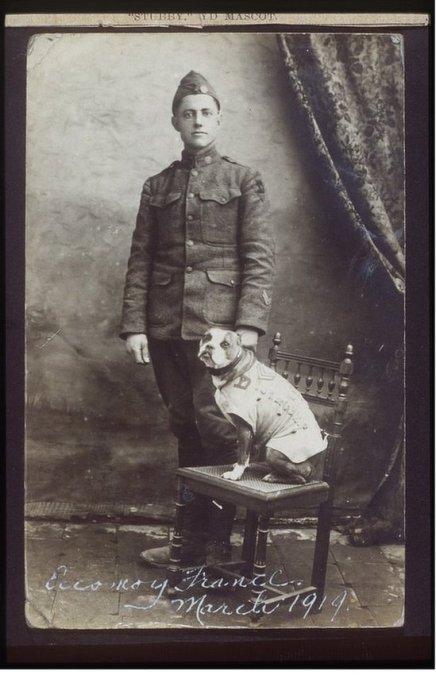In 1832, she was born a slave in Tennessee, she was freed in 1865 at the age of 33.
When she was freed she worked for Judge Dunne, who some believe had been her owner. When his wife died in 1883, Mary took his children to their aunt’s home in Ohio. The aunt was Mother Mary Amedeus the Mother Superior of a convent. Mary stayed near Mother Mary Amedeus until the Mother Superior was transferred to Montana to start a school for Native American girls. In 1884, Mary heard of Mother Mary falling ill with pneumonia. She traveled to Montana to nurse her back to health.
So far this sounds like a loyal slave caring for former owners. But Mary Fields was no subservient ex-slave. Unlike most slaves, she had been taught to read and write. She stood six feet tall and weighed 200 lbs. To say she was an imposing figure, would be putting it lightly. If the persona didn’t intimidate you, be aware, she carried a pistol under her apron and a shotgun in her hand. She smoked hand-wrapped big black cigars and usually had a whiskey jug someplace close by her.

Mary Fields was not afraid of anyone or anything. And was know to not back down from a fist fight. She stayed at the convent, when the Mother Superior got well, to help out. She hauled freight, chopped wood, did laundry and cared for the chickens and garden. The Native Americans called her White Crow because she acted like a white woman but had black skin.
In 1894, her temper got the better of her when a male worker made derisive comments concerning a black woman getting higher pay than him. Mary grabbed her gun and went after him. They had a shootout behind the convent. A bystander was slightly wounded by a stray bullet which was the only injury after Mary and the male worker had emptied their six guns. The Bishop told Mary she would have to leave, he was tired of her temper and foul language.
The Mother Superior helped her open a restaurant but it went broke in ten months. Mary made a habit of feeding people whether they paid or not.
Then in 1895, at the ripe old age of sixty, Mary found her calling. Having the fastest time hitching up a six horse team, she won the job of US postal carrier. This made her the first black woman postal carrier and the second black woman ever hired by the US postal service. She delivered mail with a team or with her mule, Moses. If the snow was too deep, she’d put the mail on her back and hike the trail in snowshoes. She once walked ten miles through the snow. She never missed a day. Her dependability earned her the name Stagecoach Mary.
When she hit seventy, she quit the postal service. She started doing laundry and ran an eating establishment. At seventy-two, a man tried to stiff her on a laundry bill. She reared back and laid him on the ground with one punch. Mary was still a force to be reckoned with.
I am Mary Fields. People call me “Black Mary.” People call me “Stagecoach Mary.” I live in Cascade, Tennessee. I am six feet tall. I weigh over two hundred pounds. A woman of the 19th Century, I do bold and exciting things. I wear pants. I smoke a big black cigar. I drink whiskey. I carry a pistol. I love adventure. I travel the country, driving a stagecoach, delivering the mail to distant towns. Strong, I fight through rainstorms. Tough, I fight through snowstorms. I risk hurricanes and tornadoes. I am independent. No body tells me what to do. No body tells me where to go. When I’m not delivering mail, I like to build buildings. I like to smoke and drink in bars with the men. I like to be rough. I like to be rowdy. I also like to be loving. I like to be caring. I like to baby sit. I like to plant flowers and tend my garden. I like to give away corsages and bouquets. I like being me, Mary Fields.
























 For all who have shown an interest in the Orphan Train West Trilogy but have not yet purchased. I have uploaded chapter one of the first book, The Promise, for you to view. I hope you will enjoy this true to life story of the orphan train riders. Book three, Forever Home, will be out in late 2019.
For all who have shown an interest in the Orphan Train West Trilogy but have not yet purchased. I have uploaded chapter one of the first book, The Promise, for you to view. I hope you will enjoy this true to life story of the orphan train riders. Book three, Forever Home, will be out in late 2019.







 The pine tree was a symbol in New England, dating back as far as 1686. During Revolutionary times it became a symbol of colonial outrage and resistance.
The pine tree was a symbol in New England, dating back as far as 1686. During Revolutionary times it became a symbol of colonial outrage and resistance.


